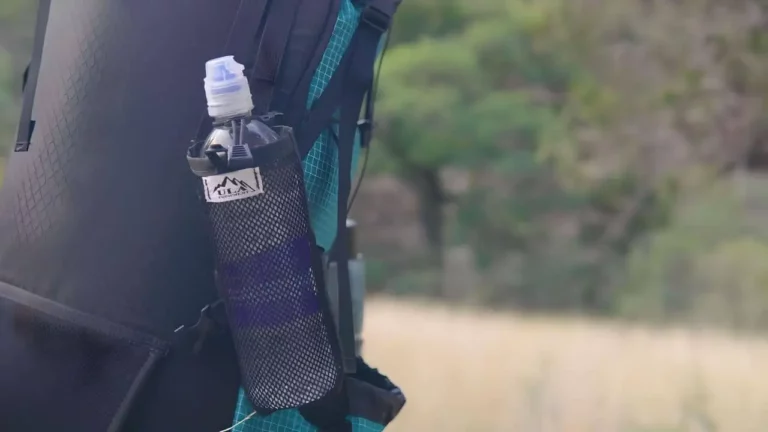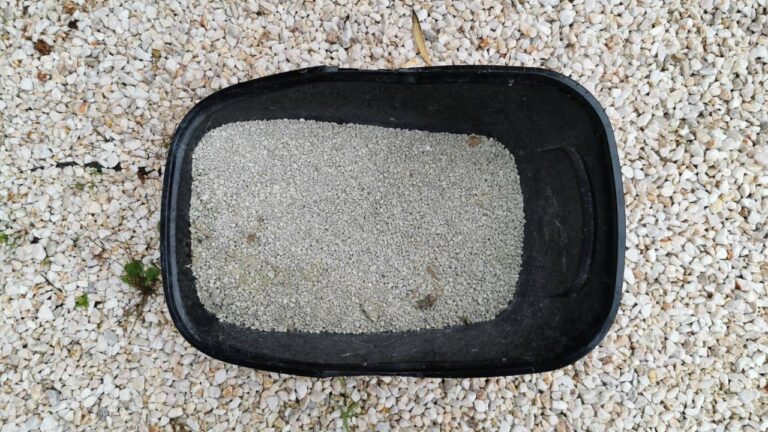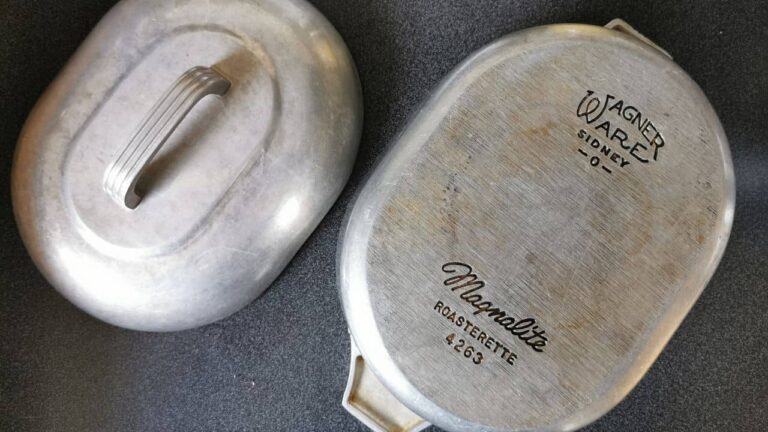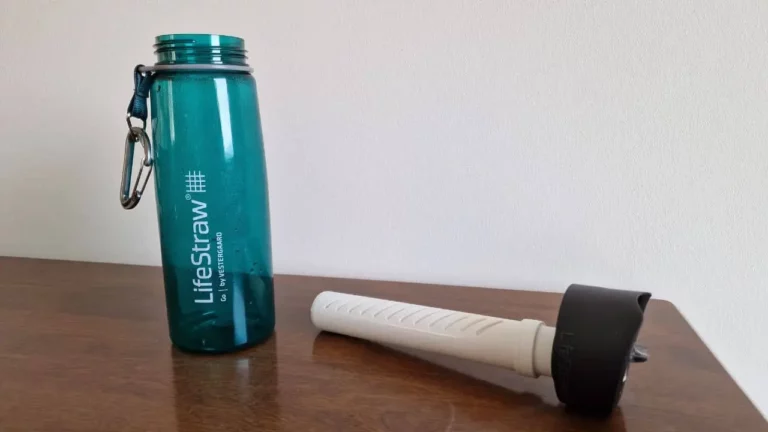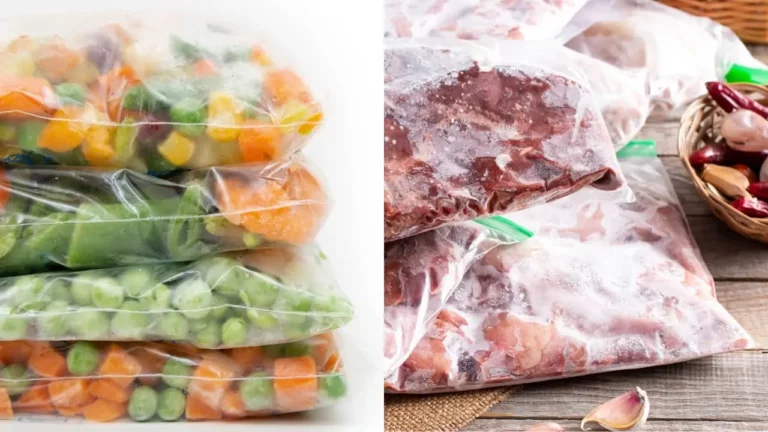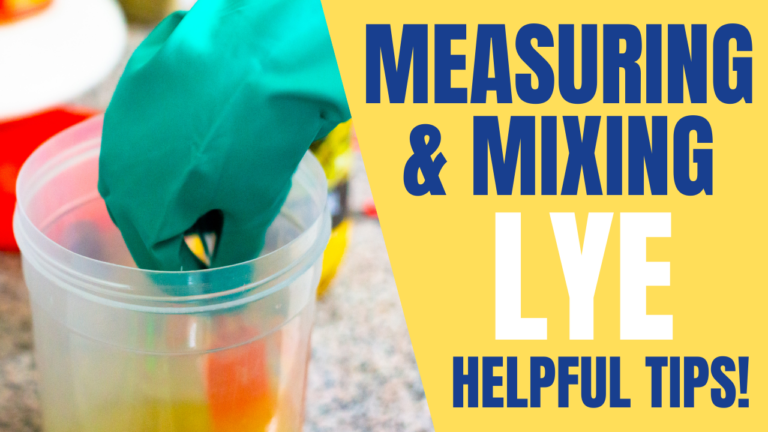Is Ceramic Cookware Oven Safe? Exploring 100% Ceramic vs Ceramic-Coated Varieties
Ceramic cookware has gained popularity in recent years due to its non-toxic, eco-friendly properties, and ease of use. One common question that arises is whether ceramic cookware is safe to use in the oven. To clarify, it’s essential to distinguish between 100% ceramic cookware and ceramic-coated cookware, as each type exhibits differences when it comes to oven safety.
When it comes to 100% ceramic cookware, you can rest assured that it is completely oven-safe. This type of cookware is made entirely of ceramic material, leading to excellent heat distribution and retention. It can withstand high temperatures without the risk of releasing toxic fumes or chemicals, making it a great choice for oven use.
On the other hand, ceramic-coated cookware is slightly different. Although it features a ceramic coating, the core material is usually metal, such as aluminum or stainless steel. The oven-safety of ceramic-coated cookware varies depending on the specific product, and it’s crucial to check the manufacturer’s guidelines before using it in the oven. Some cookware may have temperature limitations or require specific care to prevent damage and ensure safe use.
Let’s take a closer look together!
Ceramic Cookware Basics
Ceramic cookware is popular for its versatility and eco-friendly properties. It is made of either 100% ceramic material or with a ceramic coating on top of a metal base. The major difference between the two is their oven-safety and heat resistance.
100% ceramic cookware is oven-safe and can withstand extremely high temperatures, up to 2,500° Fahrenheit, making it a reliable option for various cooking methods. This type of cookware is made from kiln-fired clay, creating a hard, non-porous surface that does not release harmful chemicals when heated.
On the other hand, ceramic-coated cookware can also withstand high heat, but not as high as 100% ceramic. While they are still much safer than traditional non-stick cookware, oven use can vary depending on the specific brand and product.
When choosing ceramic cookware, it is essential to consider the type of cookware and its temperature limits. While both 100% ceramic and ceramic-coated options are considered safer than conventional non-stick, the 100% ceramic offers higher heat resistance and versatility for oven use.
100% Ceramic Cookware
Ceramic cookware is popular for its versatility, aesthetics, and health benefits. When it comes to oven safety, there are different types of ceramic cookware: 100% ceramic and ceramic-coated. In this section, we’ll focus on 100% ceramic cookware and discuss its oven-safe features, benefits, and drawbacks.
Oven-Safe Features
100% ceramic cookware is made entirely of natural materials like clay and water, which are fired at high temperatures. This process makes them completely oven-safe. Most 100% ceramic cookware can withstand temperatures up to 2,500°F (1,370°C), making them suitable for various cooking methods such as baking, roasting, and broiling.
Benefits
Some advantages of using 100% ceramic cookware in the oven include:
- Even heat distribution for consistent cooking results
- Non-reactive and non-toxic, ensuring no harmful chemicals leach into your food
- Eco-friendly, as they are made from natural materials
- Easy cleaning, thanks to their non-stick surfaces
Drawbacks
Despite their benefits, 100% ceramic cookware also has some downsides to consider:
- More expensive than other types of cookware due to the manufacturing process
- Can be fragile and prone to chipping or cracking, especially when dropped or exposed to sudden temperature changes
Ceramic-Coated Cookware
Ceramic-coated cookware has gained popularity in recent years due to its non-stick properties and ease of use. However, when it comes to oven use, it’s important to understand the differences between 100% ceramic cookware and ceramic-coated cookware.
Oven Use Considerations
Unlike 100% ceramic cookware, which is completely oven-safe, the oven-safety of ceramic-coated cookware varies. Factors such as the quality of the coating, the type of metal used in the pan’s construction, and the manufacturer’s recommendations can affect whether or not your ceramic-coated cookware is oven-safe.
When using ceramic-coated cookware in the oven, always check the manufacturer’s guidelines for temperature limits and other specifications to prevent damage to the coating or the pan itself.
Advantages and Disadvantages
Ceramic-coated cookware has several advantages and disadvantages when compared to 100% ceramic cookware:
- Advantages: Ceramic-coated cookware is generally more lightweight, more affordable, and heats up faster than 100% ceramic cookware. It also provides a non-stick surface due to the coating, making it ideal for cooking delicate foods like fish, eggs, and pancakes.
- Disadvantages: The coating on ceramic-coated cookware can degrade over time, especially if exposed to high temperatures or if not maintained properly. This can lead to reduced non-stick performance and may even require replacement of the pan. Additionally, because the oven-safety of these pans can vary, you may not be able to use them for high-temperature or long-duration cooking in the oven.
When choosing between 100% ceramic and ceramic-coated cookware, consider the specific needs of your kitchen, the types of dishes you’ll be preparing, and whether or not oven use is a priority.
How to Use Ceramic Cookware in the Oven Safely
When using ceramic cookware in the oven, it’s important to know whether your specific cookware is oven-safe. 100% ceramic is completely oven-safe, while ceramic-coated cookware’s safety can vary. Follow these steps to ensure proper use:
- Check the manufacturer’s guidelines: Refer to the product manual or search for the brand’s website to find oven safety information for your specific cookware.
- Preheat the oven: Gradually heating your ceramic cookware with the oven can help prevent thermal shock, which could lead to cracks or damage.
- Avoid extreme temperature changes: Don’t move hot ceramic cookware directly from the oven to the fridge or vice versa. Allow the cookware to cool down or warm up gradually.
- Use oven-safe handles and accessories: If your cookware has removable handles, make sure to use oven-safe replacements before placing them in the oven.
- Monitor cooking times: Ceramic cookware can retain heat well, so be aware that cooking times might be faster than with other materials. Keep an eye on your dish to avoid overcooking.
By following these steps, you’ll be able to enjoy the benefits of ceramic cookware in the oven while keeping your cookware safe and avoiding any potential hazards.
Comparing Ceramic Cookware with Other Oven-Safe Materials
When it comes to oven-safe cookware, ceramic is just one of several popular materials on the market. As 100% ceramic cookware is completely oven-safe and ceramic-coated cookware can vary in terms of oven use, it’s helpful to compare ceramic with other common oven-safe materials such as cast iron, stainless steel and glass.
Cast iron cookware is well known for its durability and heat retention properties, making it an excellent option for oven use. Cast iron can handle extremely high temperatures but also takes longer to heat up and cool down. It’s important to season cast iron cookware regularly, as it can rust over time if not properly maintained.
Stainless steel, on the other hand, is lightweight and non-reactive, making it a popular choice for oven-safe cookware. It can withstand high temperatures and is resistant to rust and corrosion. However, stainless steel does not provide the same non-stick surface as ceramic or some other materials, which could lead to more cleanup efforts.
Glass cookware is also oven-safe, typically made from a type of heat-resistant glass called borosilicate. Glass is a poor conductor of heat, meaning it heats up and cools down slowly. This can provide better heat distribution, but also means food may take longer to cook. Additionally, glass cookware can be prone to shattering if exposed to sudden temperature changes.
Here’s a comparison table to help you understand the differences:
| Material | Oven-Safe Temperature | Pros | Cons |
|---|---|---|---|
| Ceramic | Up to 2,500°F for 100% ceramic | Non-stick, easy to clean, versatile | Possible variation in oven-safe temperature with coatings |
| Cast Iron | Up to 500°F | Durable, excellent heat retention, lifetime use | Requires regular seasoning, heavy, slow heating and cooling |
| Stainless Steel | Up to 600°F | Lightweight, non-reactive, rust-resistant | No non-stick surface, potential for food to stick |
| Glass | Up to 450°F | Heat-resistant, good heat distribution | Shatter risk with sudden temperature changes, slow heating and cooling |
Final Thoughts
When it comes to ceramic cookware, it’s essential to understand the difference between 100% ceramic and ceramic-coated cookware to ensure their safe use in the oven. Fully ceramic cookware is completely oven-safe, while the oven-safety of ceramic-coated cookware may vary.
To help you make the right choice, consider the following points when selecting ceramic cookware:
- Material: Look for 100% ceramic cookware if you need to bake or frequently use an oven in your cooking process. This type offers the highest heat resistance and provides even heat distribution. It is important to note that 100% ceramic cookware is much safer than ceramic-coated cookware, which is made with a metal core covered with a silica-based solution.
- Coating: If you prefer ceramic-coated cookware, check the manufacturer’s guidelines for oven compatibility. Some ceramic-coated cookware may not be oven-safe, while others could have specific temperature limits.
- Brand reputation: Pick a reliable brand with positive reviews to ensure their products meet quality and safety standards. Well-known brand like Xtrema is a good example.
Remember to take into account your cooking style and preferences when choosing ceramic cookware. By carefully considering oven-safety and other elements, you’ll be able to select the most suitable cookware for your needs.
Last but not least, do you know of any other brands that distribute 100% ceramic cookware like Xtrema? Don’t keep it to yourself, share it in the comments below! Let’s spread the word about safe and healthy cooking options.


